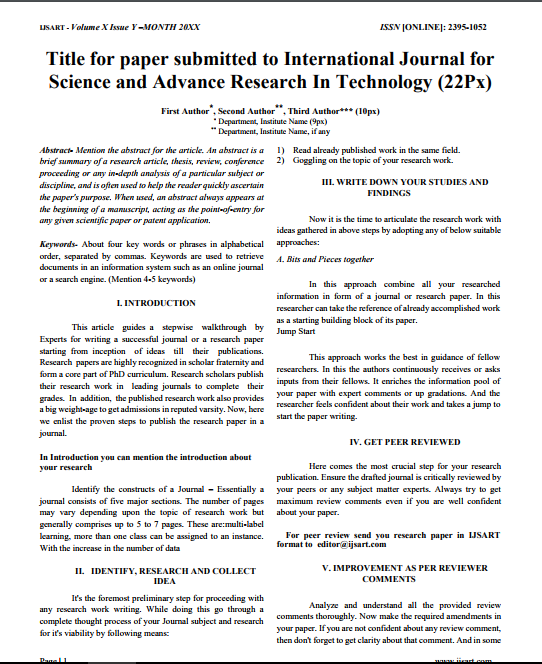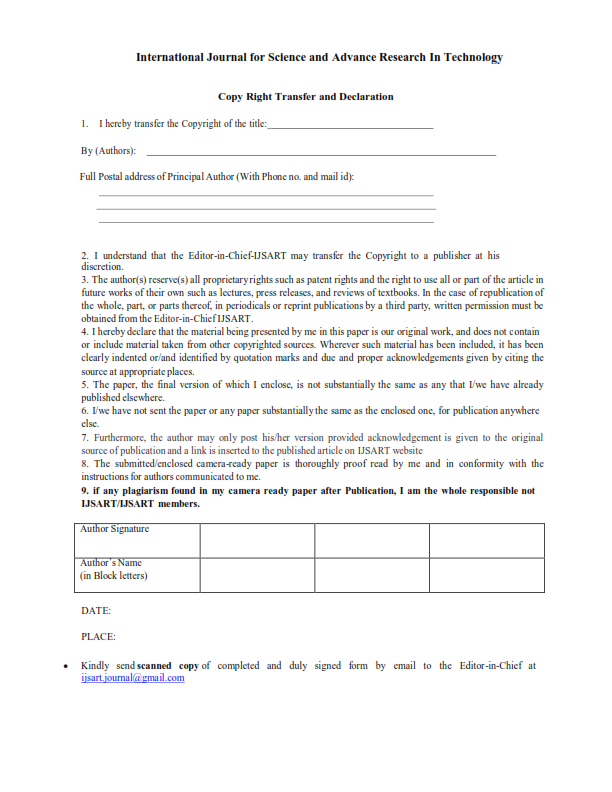Impact Factor
7.883
Call For Paper
Volume: 11 Issue 06 June 2025
LICENSE
Load Transfer Efficiency Concrete Block Pavements For Low Volume Roads
-
Author(s):
Raidy Gul Hamdard | D.S.N.V Amar Kumar | P.Rathish Kumar
-
Keywords:
Shape, Thickness, Concrete Block Pavement, Load Transfer Efficiency, Laying Pattern, Steel Fiber, Fly Ash
-
Abstract:
Concrete Block Pavements (CBP) Are Precast Concrete Blocks Of Varying Shapes And Sizes Arranged In A Specific Pattern Over A Variety Of Sub Bases And Interlocked With Graded Bedding And Jointing Sand. The Wheel Loads On Concrete Blocks Are Distributed Due
Other Details
-
Paper id:
IJSARTV3I615726
-
Published in:
Volume: 3 Issue: 6 June 2017
-
Publication Date:
2017-06-17
Download Article


